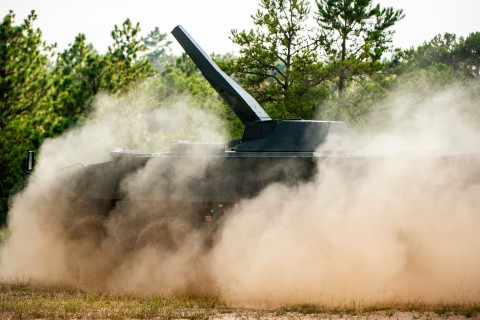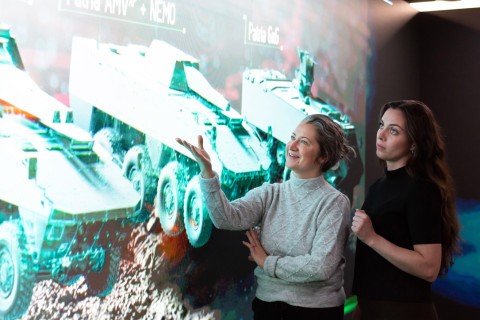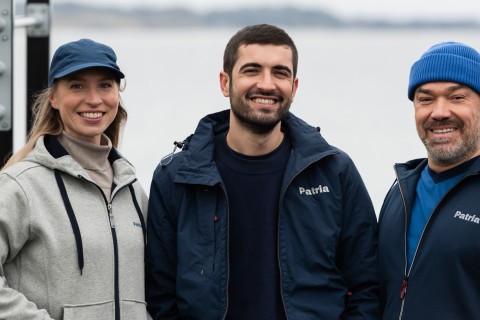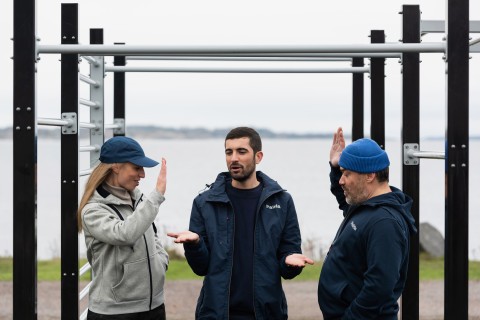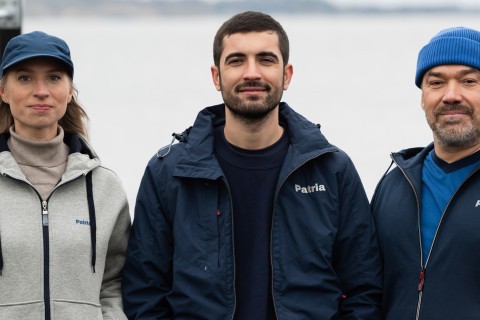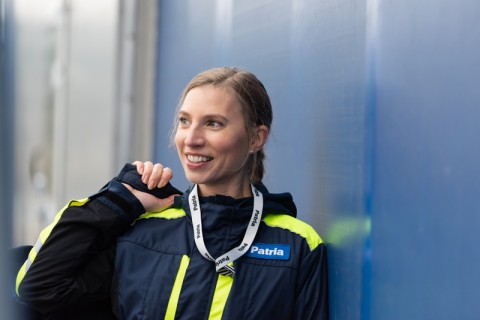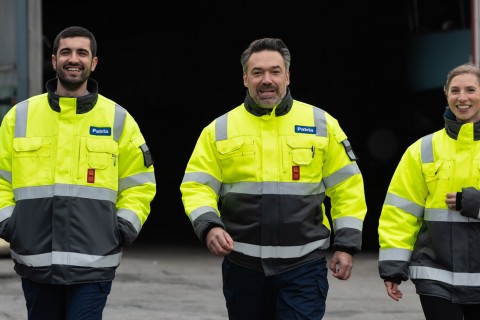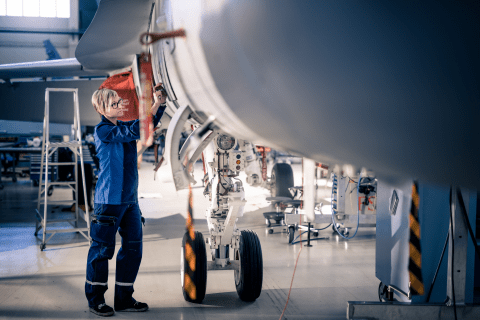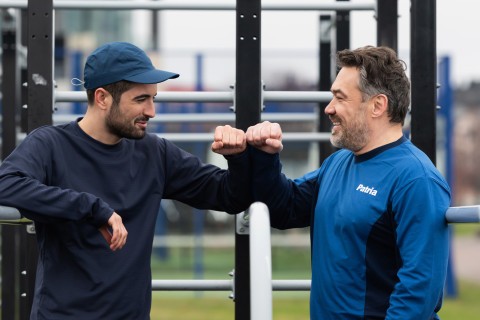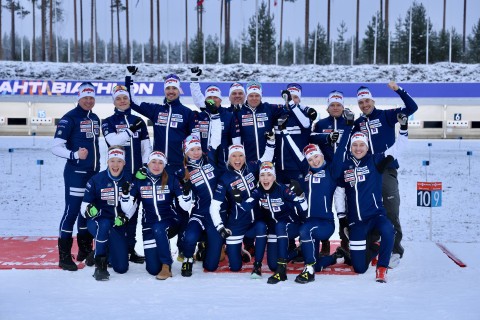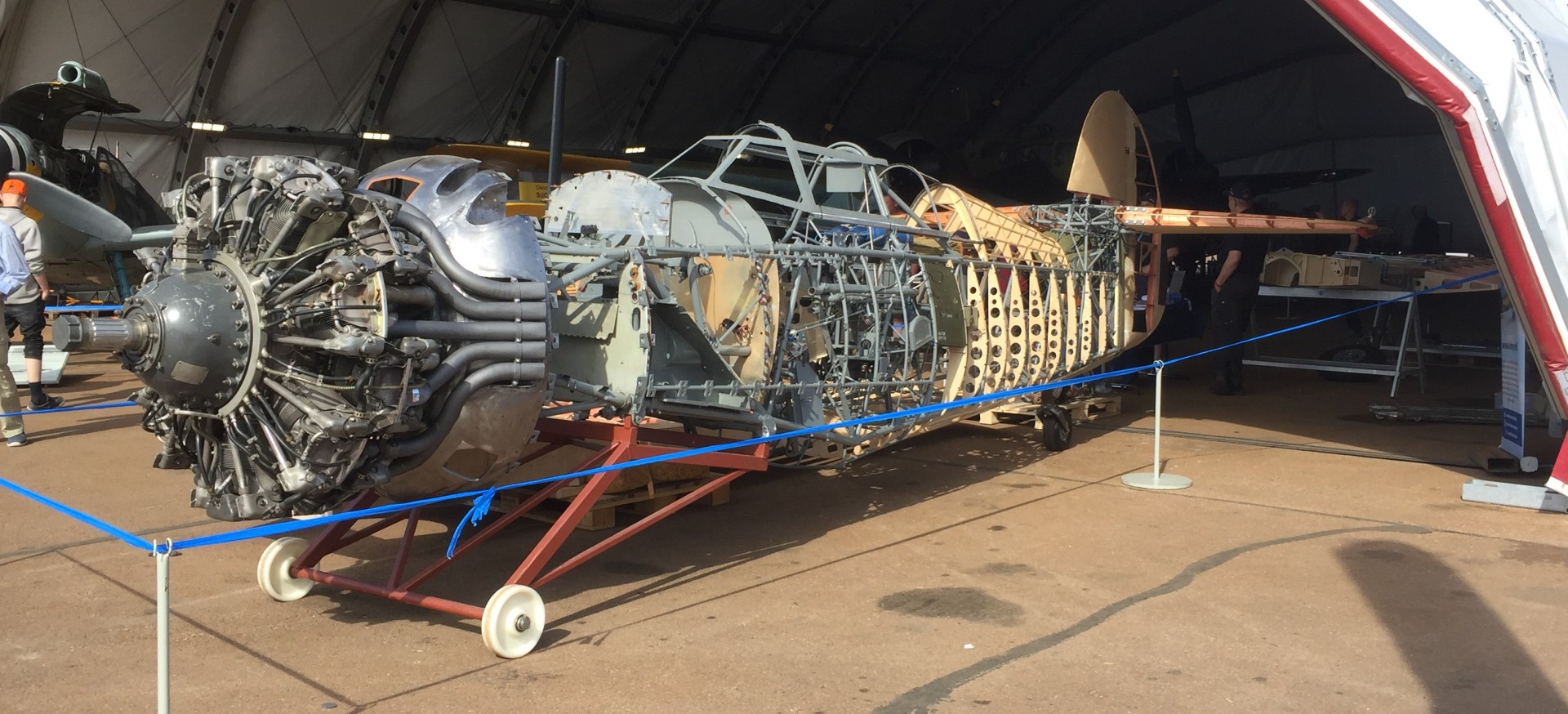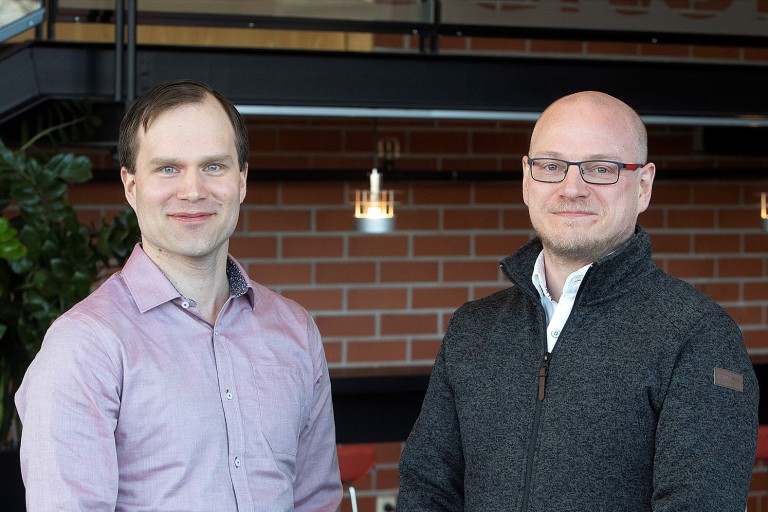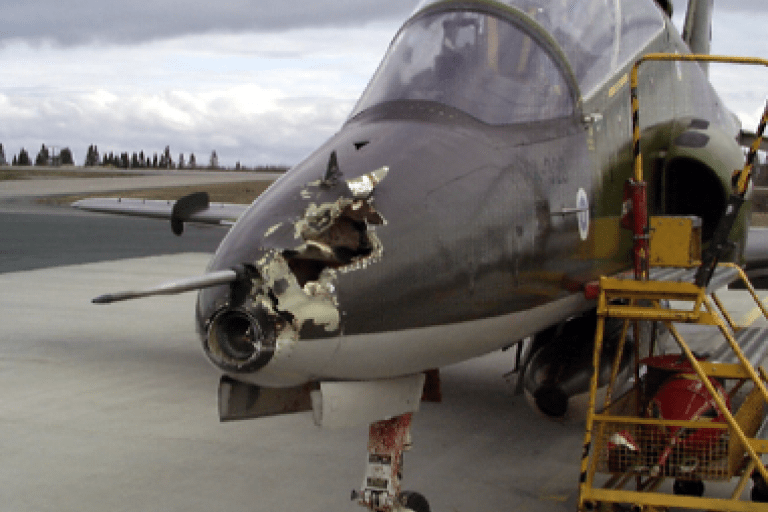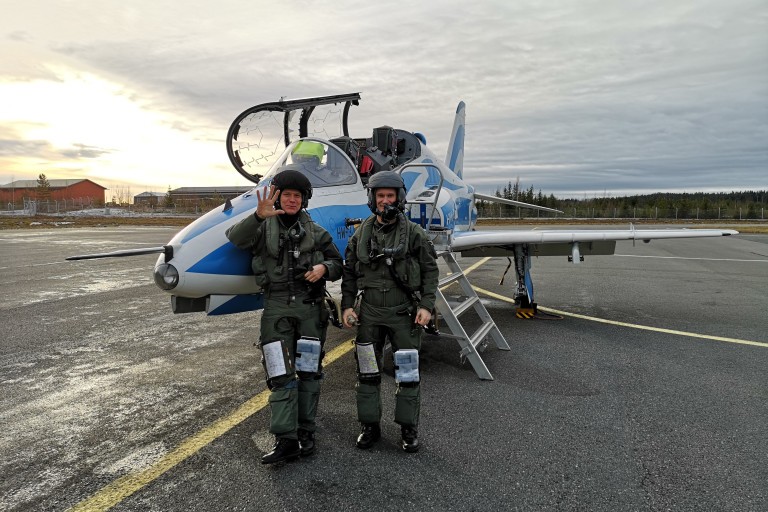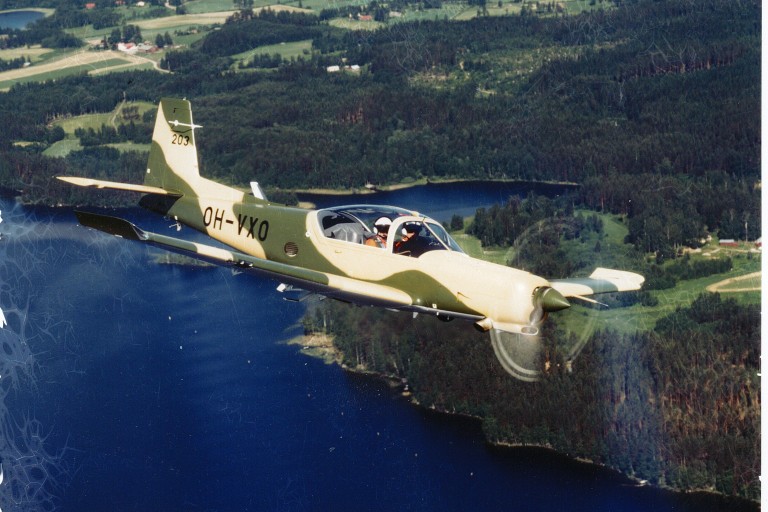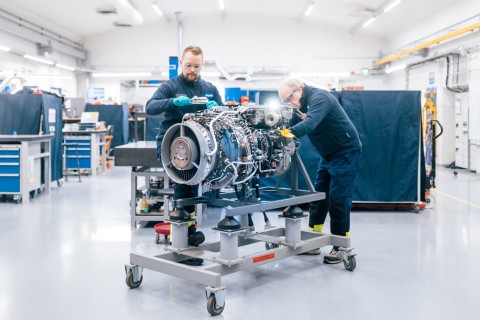
A major undertaking, the restoration of the Finnish wartime fighter Myrsky (English: Storm), is in its final stages.
Text: Matti Välimäki Photo: Patria
The restoration of the Myrsky fighter began about seven years ago, under very challenging circumstances.
“No aircraft had survived as a whole. The broken tail part of the aircraft had to be replaced with a tail detached from the fuselage of another aircraft, which was also in need of repair. Other parts were found in different places, and some parts were also remade according to the original drawings,” says Harri Huopainen, conservator of the Finnish Air Force Museum in Tikkakoski.
The work related to the Myrsky’s tubular steel fuselage has mainly been carried out in Tikkakoski. Volunteers from the Tuesday Club of the Aviation Museum Society, Finland in Vantaa have been responsible for the construction of the wooden wings, stabilizers, rudders and their metal fastenings, actuators, and many others.
“More than 90 per cent of the total is now completed. But there is still a lot of work to be done before the rest of the project is finalised,” Huopainen estimates.
The Myrsky fighters manufactured by the State Aircraft Factory (Valtion Lentokonetehdas) were completed in 1942−1944. After the war, when the peace agreement terms obliged Finland to reduce the number of its fighter planes, the aircraft with the highest performance capacity were kept, and the Myrskys were scrapped.
Exceptional times have not stopped the work
Even before the practical construction work began, Matti Patteri, project manager of the Myrsky project, spent years doing research and planning work related to the project. Patteri has also been leading the work done by the volunteers in Vantaa.
He describes the progress of the project as going forward slowly, but surely. It has also been necessary to take the coronavirus time into consideration − particularly because, at the age of above 70, most of the volunteers belong to the risk group.
“Apart from one short interruption, the work has continued all the time. However, we have shifted to working in smaller groups than usual.”
Patteri finds a parallel with the times when Myrsky was created:
“The Myrsky aircraft were built under the wartime emergency conditions, and now we are restoring the Myrsky during another exceptional period.”
Patteri is a pensioner who, during his actual working career, did product development and structural design work, for example, at Exel, Neste and Vaisala. In addition, he designed a multi-calibre competition pistol for Sako and a plastic assault rifle magazine for the Finnish Defence Forces. Patteri is also known as the builder of 1/4-scale historic flying model planes.
Reproducing old designs with new methods
Recently, the volunteers in Vantaa have been working not only on the Myrsky wings, but also on, for example, the engine cover and the NACA duct that reduces air drag in front of it. The machining of the parts has also required the use of the pull moulding machines of the project’s main sponsor Patria.
The implementation of the reverse tapered oil cooler horn-like air inlets and outlets has also meant a lot of work.
Today, there are not many experts of old aircraft construction techniques left. On the other hand, we now have access to methods the professionals of the 1940s could not even dream of.
“For the carburettor air horn, we first made a 3D plastic printout of the part. Based on this, we made a plaster model that was used in aluminium casting,” Patteri describes. The Sastamala Municipal Education and Training Consortium located in Ikaalinen also participated in the work.
Such methods as laser cutting were also used in the manufacture of parts.
“ProLaser Oy has manufactured about 2,000 different parts of aircraft plywood, steel and aluminium sheet free of charge.”
A tribute to the engineering skills of the 1940s
According to Patteri's records, the making of Myrsky wings alone has required about 15,000 hours of work from the volunteers. However, the level of motivation still remains high.
“Myrsky is the only Finnish fighter aircraft that has reached serial production phase. We give our help to resurrect the missing link in the Finnish aviation history,” says project spokesman Reino Myllymäki.
“Our work is a tribute to the engineers of the time and to the Finnish people. The Finnish aircraft expertise, such as welding skills and working on aircraft plywood, was at a very high level at the time,” Patteri adds.
The restored Myrsky is scheduled to be completed in autumn 2021.
